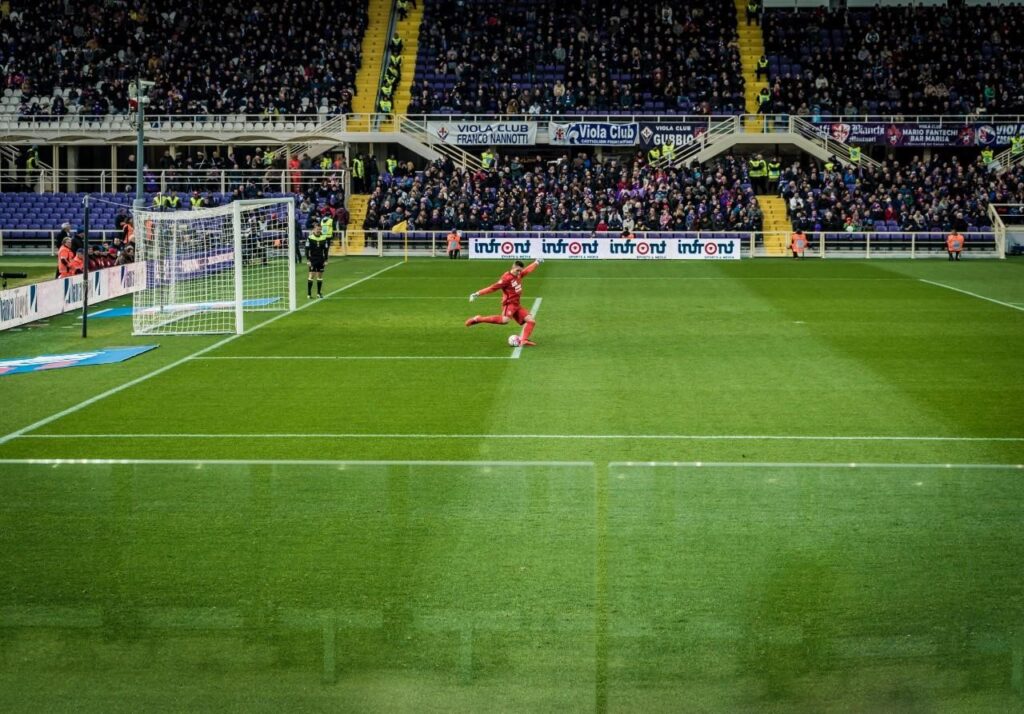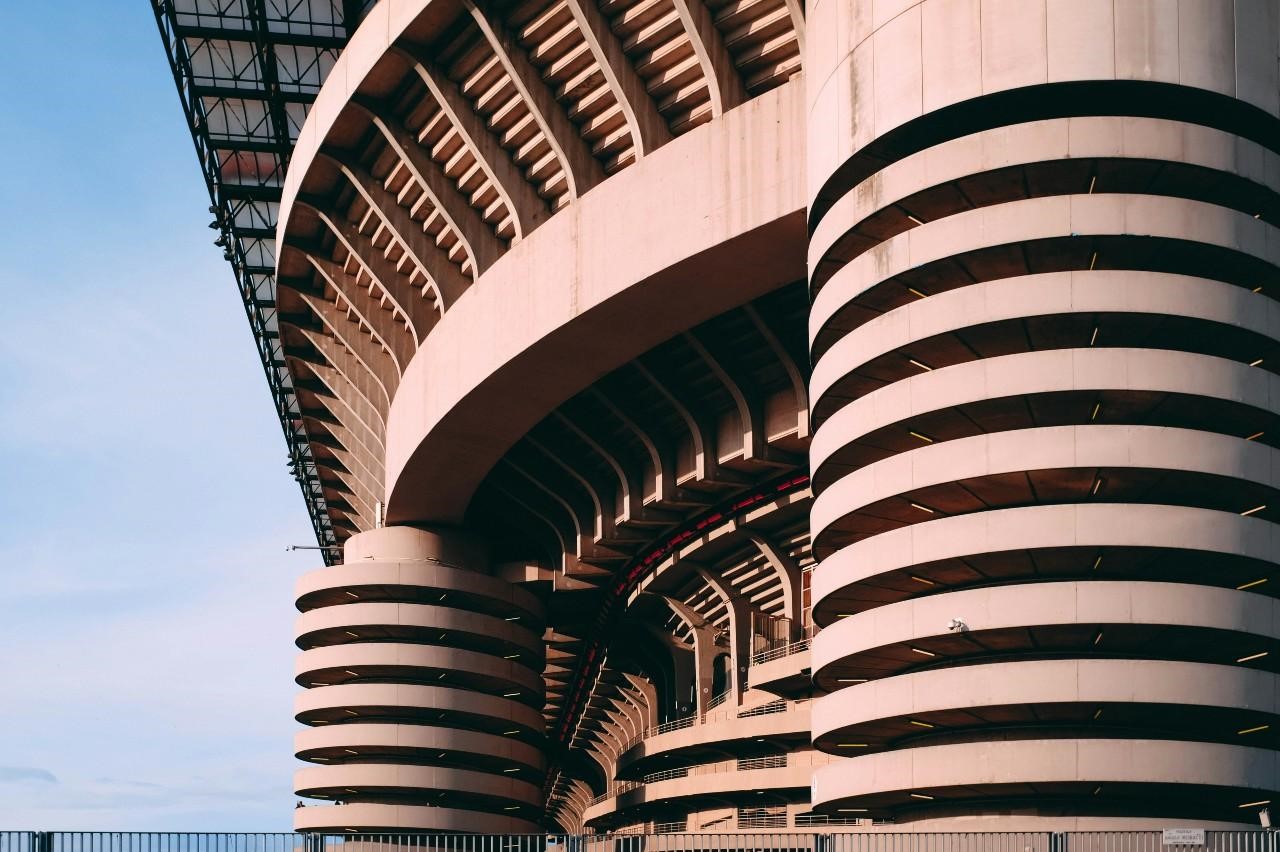When soccer fans talk about the big leagues in Europe they are referring to the English Premier League, Spain’s La Liga, the Bundesliga in Germany, and the Italian Serie A. But that last competition has been left behind in recent times as the money, star players, and fans have gravitated elsewhere.
The likes of Milan, Juventus, and Inter are still regarded as some of the biggest clubs in the world, thanks to a glory-filled history and heritage that goes back about as far as football itself outside of the UK. But if you are looking for teams that are going to win the most prestigious trophies in the world and attract the stars of tomorrow, there are not many sport betting sites that would include Italian clubs high up on the list.
What happened to Serie A? How did it go from being the home of champions to almost a feeder league to the behemoth of the EPL? And, with the recent success of some of the teams in the Italian top tier, is Serie A – and Italian soccer in general – on the rise again?
Fall From Grace
For anyone watching and reading about soccer in the 1980s and 1990s, Italy’s Serie A was the place to be. It was home to some of the most storied clubs on the planet and all the best players in the world wanted to play for them, while getting the chance to live in places like Rome, Turin, and Milan.
But as we entered the 21st century, the sheen of the Italian top flight was beginning to fade. It was not as though the best Serie A sides were particularly poor on the field. But they could not compete with teams from England and Spain that were beginning to command huge television broadcasting deals. The money they brought in could pay for the best players – who were now turning their back on Italy.
Add to that older, crumbling, municipally-owned stadia without investment for refurbishment, and a series of corruption and criminal scandals, and Serie A was starting to become the poor cousin at the top table of European soccer. Without the top players, the continental trophies dried up and viewers turned elsewhere for their soccer fix.
National Team Shame
The Azzurri, the Italian national team, stepped in to provide some pride. It had always been one of the most successful countries in world soccer and it continued to qualify and win tournaments during the 2000s. There were runner-up spots in the European Championship in 2000 and 2012 and an, admittedly, unlikely fourth World Cup triumph in 2006.
But Italy crashed out at the group stage at both the 2010 and 2014 World Cup finals and was beginning not to be considered one of the favorites when the major tournaments came around. Then in 2018, the unthinkable happened. Italy was beaten by Sweden in a playoff game and failed to qualify for the World Cup finals for the first time since 1958.
Worse was to happen four years later when the Azzurri embarrassingly lost to the minnows of North Macedonia to miss out again. The national side was now replicating the failure of the domestic scene.
Champions League Failure
The national team actually came back to win the 2020 European Championship almost in spite of its failings. But Italian soccer in general was in freefall. Nowhere was that more apparent than in the premier club competition in Europe – if not the world – the Champions League.
At one time during the 80s and 90s, Italian teams had won 13 of the 30 European titles contested and had produced 25 finalists during the 1990s alone. But when Inter beat Bayern Munich in the 2010 Champions League final, it was only the second Italian triumph since the turn of the century – and there has not been another one since.
Juventus was a heavily defeated finalist in the 2010s when it was the only club that was winning the domestic league and definitely the only one that seemed to be able to challenge the other big teams in Europe. The last time a Serie A club won the UEFA Cup or Europa League, the second-tier competition, was Parma in 1999. So Italian teams weren’t even competing further down the talent line.

Figure 2 Italian soccer is on the way back
European Comeback
But things are now beginning to look brighter for Italian soccer fans. The national team is still unconvincing and inconsistent, but that also comes with a feeling that it could surprise any of the big nations on its day. However, it is in club soccer that Italy is truly rising once more.
The Europa Conference League was introduced in 2021 as a third-tier club competition and Italian teams have dominated the finals. There has been representation every year it has been played and Roma won the inaugural tournament. The capital city club also made it to the 2023 Europa League final but couldn’t end the Spanish domination of that competition. However, Atalanta won its first-ever European trophy at the end of last season to herald a new era of Italian soccer.
An Italian club has not quite been able to win the most prestigious European club prize of all again as yet though. Inter reached the Champions League final, against all odds, in 2023 but couldn’t match the financial muscle and might of the eventual winners, Manchester City. However, this recent success across all three competitions has seen Serie A rewarded with a fifth berth in the next season’s Champions League competition, which will bring more money and exposure to the league.
Italy and Serie A are not quite back at their position at the top of European soccer – and the club game, in particular, will need more investment and bigger TV broadcasting deals to attract the players that can seriously compete with the likes of Real Madrid and Manchester City. But there is no doubt that Italian soccer is on the rise and finally preparing to reclaim its crown.




